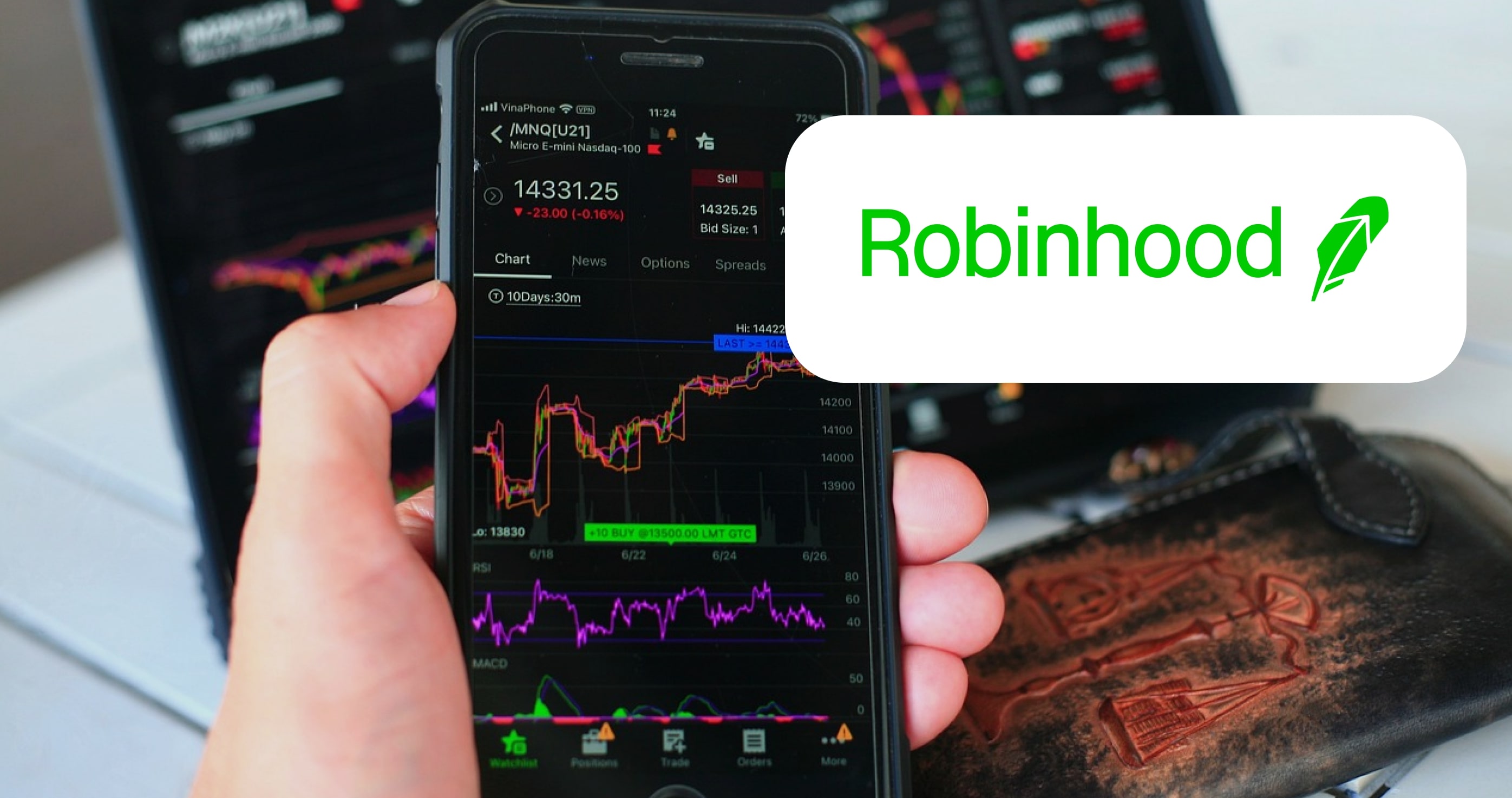Can Robinhood Sustain Its Growth After Strong Q4?
Robinhood Markets, Inc. (HOOD) has recently released its fourth-quarter earnings for 2024, showcasing impressive financial performance that raises the crucial question: Can Robinhood sustain its growth after such strong results? The latest earnings report highlighted a record revenue growth of 115% year-over-year to $1.01 billion and a staggering net income surge, increasing over tenfold to $916 million. These results are indicative of Robinhood's successful integration of new products and its expansion into various financial markets, but are they enough to ensure sustained growth going forward?

Market Position and Competitive Advantages
Robinhood continues to hold a significant position in the trading industry, renowned for its commission-free trading model that has democratized access to financial markets for millions. The firm has strategically developed a robust platform catering to both retail and active traders. In 2024, the launch of Robinhood Legend—a dedicated desktop trading platform for active investors—along with the expansion of options trading in the UK and the introduction of futures trading, have solidified Robinhood’s competitive stance against traditional brokerage firms. Furthermore, Robinhood's aggressive expansion into the cryptocurrency sector, including the planned acquisition of Bitstamp, positions the company to capture a larger share of the burgeoning digital asset market.
Financial Performance Analysis
The financial results for Q4 2024 depict an extraordinary performance when juxtaposed against the previous year. Total net revenues soared by 115% to hit $1.01 billion, bolstered by transaction-based revenues which surged over 200% to $672 million, largely due to remarkable growth in cryptocurrencies, options, and equities trading. Comparatively, net income experienced an astronomical increase from $30 million in Q4 2023 to $916 million in the recent quarter, translating to a diluted EPS of $1.01, up from just $0.03. This dramatic leap in profitability reflects not only increased trading volumes but also operational efficiencies as indicated by the relatively modest 3% increase in total operating expenses year-over-year. However, it is essential to note that $369 million of the net income was derived from a deferred tax benefit, which, while providing a temporary boost, may not be sustainable in the long term. Evaluating Robinhood's quarterly revenue growth over the prior year at 36.4% suggests that while the company is strong, the hyper-growth phase may be approaching moderation.
Moreover, despite the impressive results, there are potential concerns regarding operating expenses which increased from $445 million to $458 million, alongside an increase in share-based compensation (SBC). Adjusted operating expenses rose by 14% to $508 million, indicating a need for careful management of rising operational costs as revenue growth continues. With such strong indicators, investors must consider the sustainability of Robinhood's operations amid increasing competitive pressures and regulatory scrutiny.
Future Growth Areas and Strategies
Looking forward, Robinhood's strategy focuses on enhancing product offerings and international expansion. The introduction of cryptocurrency staking, plans to expand into the Asia-Pacific market, and the establishment of a robust active trading platform represent key avenues for future growth. Management has expressed a commitment to targeting a strong increase in net deposits, which have already grown at an annualized rate of 42% relative to assets under custody (AUC). The firm reported record net deposits of $16.1 billion in Q4 2024, a promising sign that investor confidence remains high following its strong performance.
The management's guidance for 2025 includes an expense outlook that indicates continued investment in product development while aiming for greater efficiency. However, the anticipated increase in Adjusted Operating Expenses and SBC to $2.0-$2.1 billion for the year presents a notable challenge, as investors will scrutinize whether this spending translates into equitable revenue generation and sustained profitability.
Recent Share Price Movement and Analyst Perspectives
As of the writing session, Robinhood's share price has seen considerable fluctuations, recently trading at approximately $55.91, slightly above the 50-day moving average of $43.17. Analysts' projections present a mixed outlook; despite a consensus buy rating with a target price of $50.88, a significant number of analysts still recommend a hold. This suggests that while the current earnings may bolster investor sentiment, many are cautious about the sustainability of growth in the wake of such a sharp upward trajectory in stock price since its lower valuation of $11.43 over the last 52 weeks.
The price movement reflects market confidence but also the volatility inherent in the trading stock; thus, investors should remain vigilant about potential pullbacks correlated with broader market conditions or regulatory changes impacting trading practices.
Conclusion
In conclusion, Robinhood's robust Q4 results illustrate a significant rebound and growth trajectory, but the core question remains: Can it sustain this performance? While the company has laid a solid foundation with innovative product offerings and a strong customer base, challenges associated with rising operational expenses and regulatory scrutiny may temper overall growth. Investors should watch for ongoing product development, customer acquisition metrics, and effective expense management strategies as indicators of Robinhood’s ability to maintain its momentum. As the trading landscape evolves, the balance between growth and efficiency will be key to determining the company's long-term value in the marketplace.
By WallstreetCrunch - Feb 24, 2025 at 8:23AM
